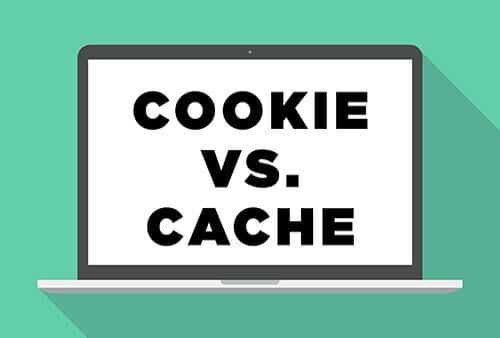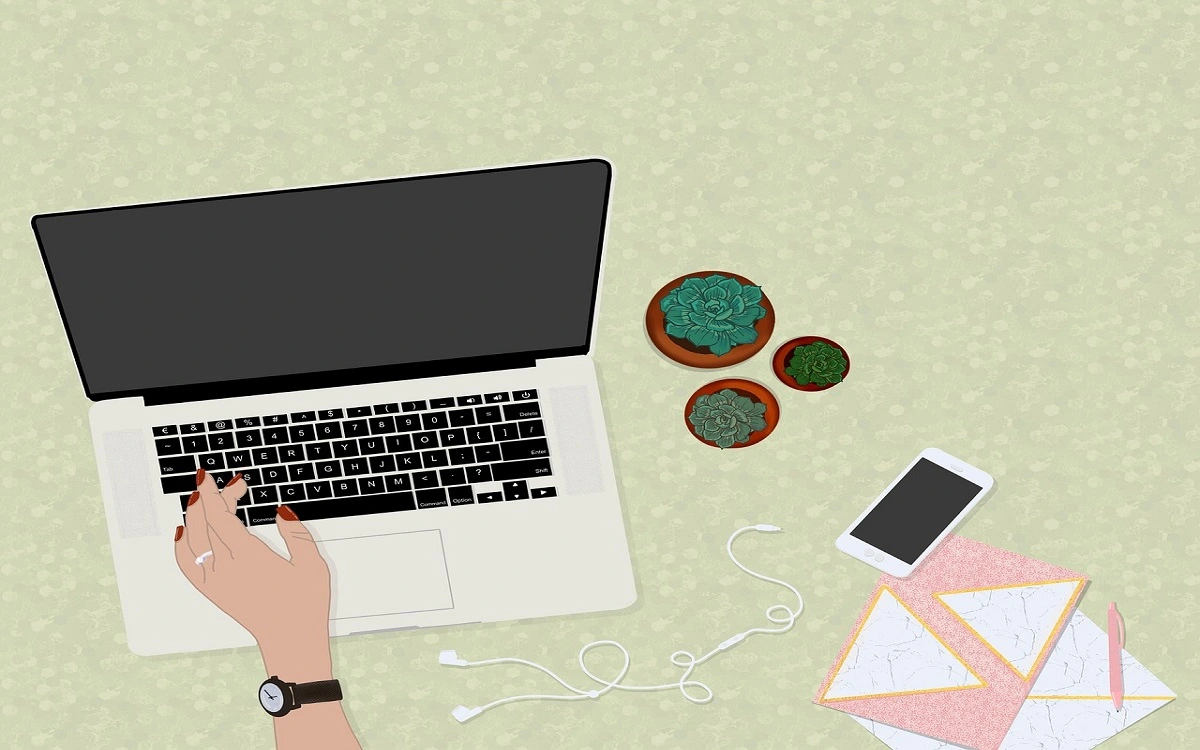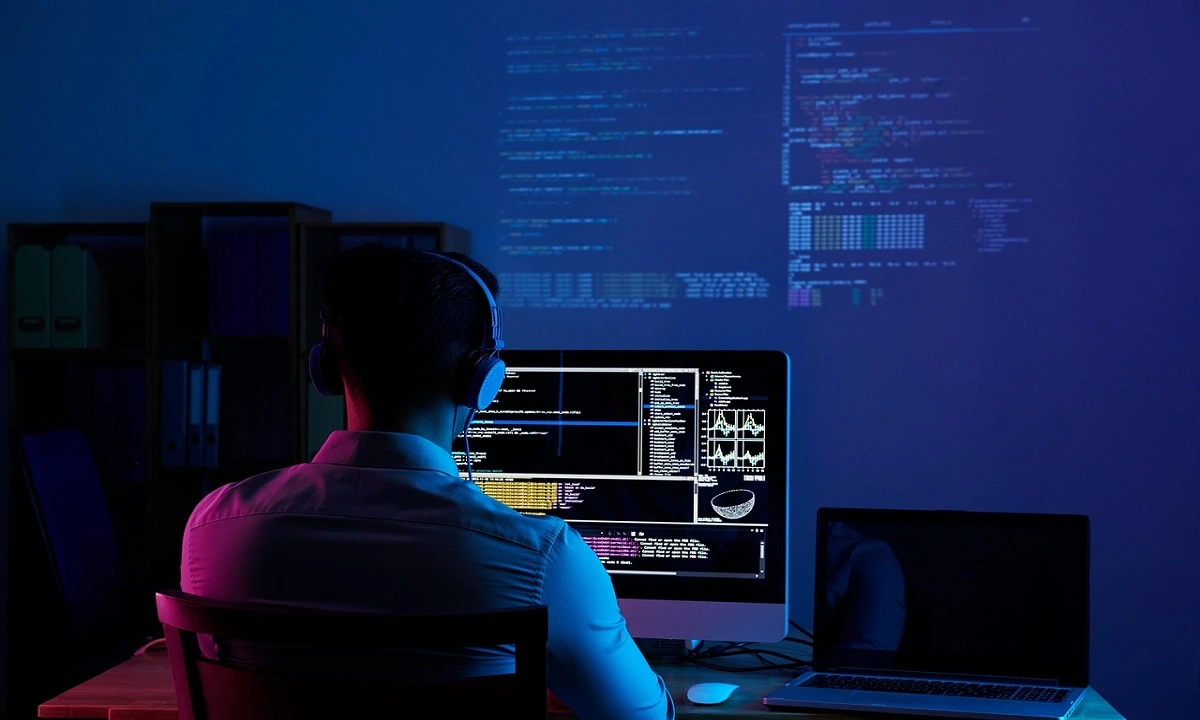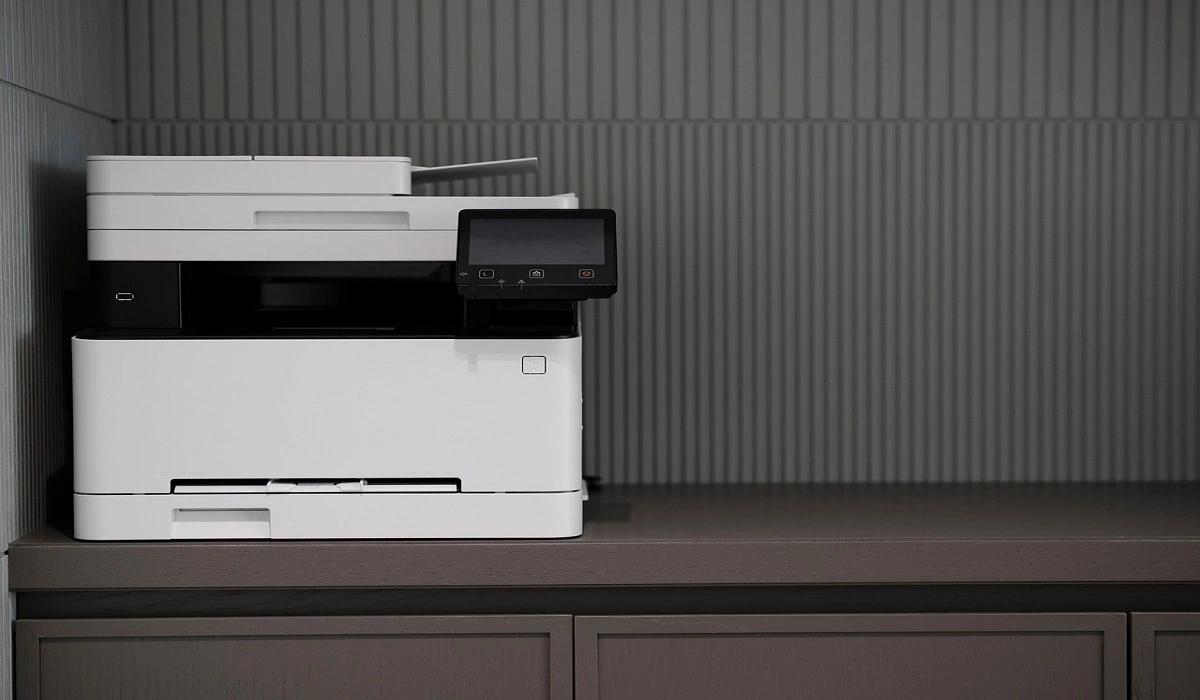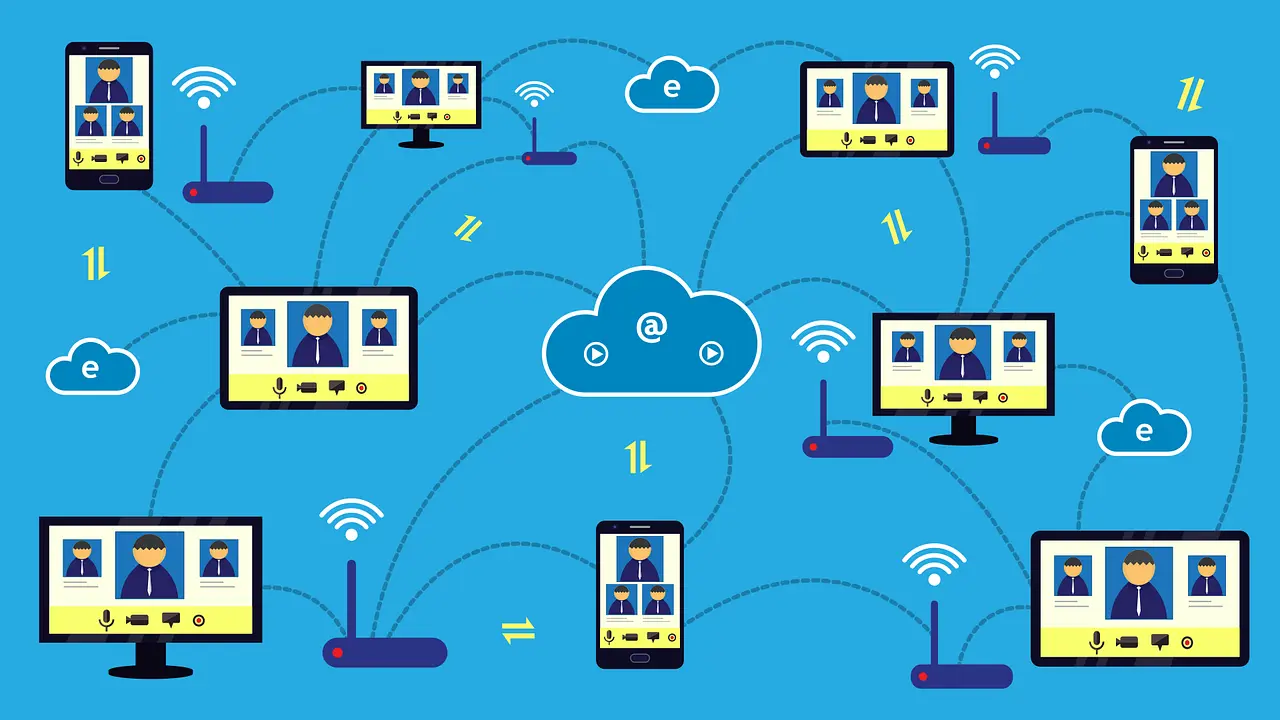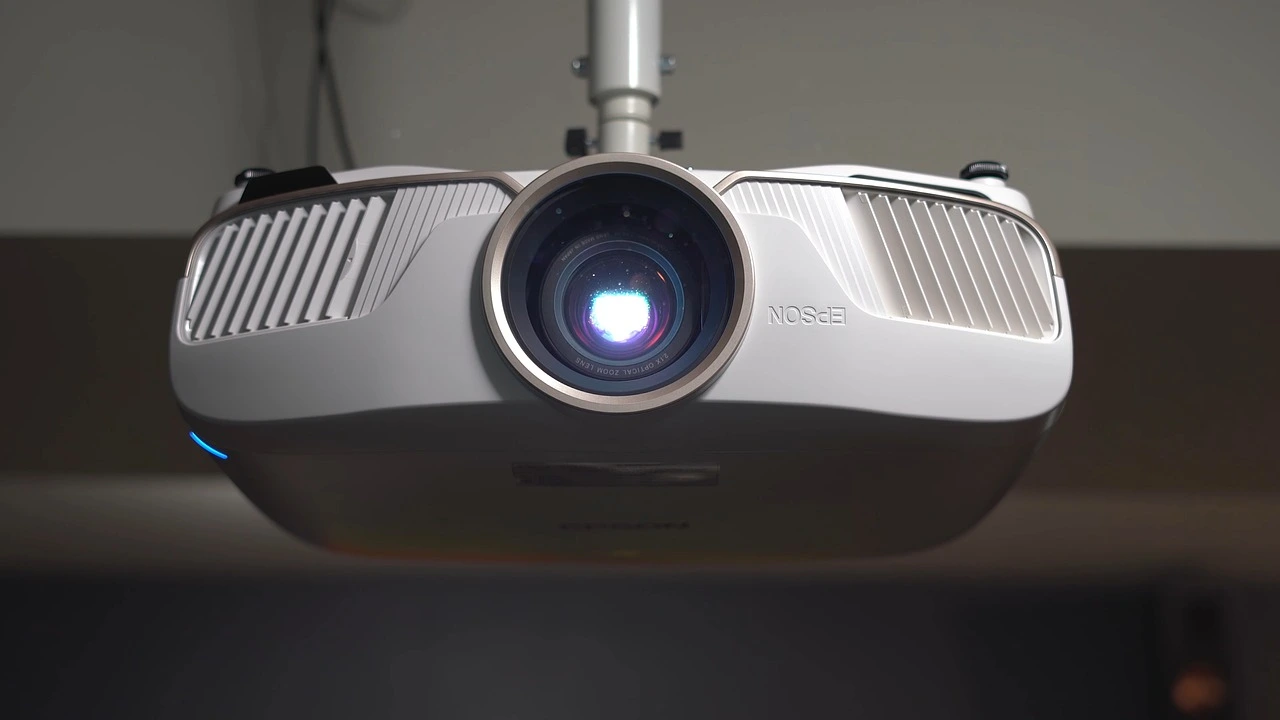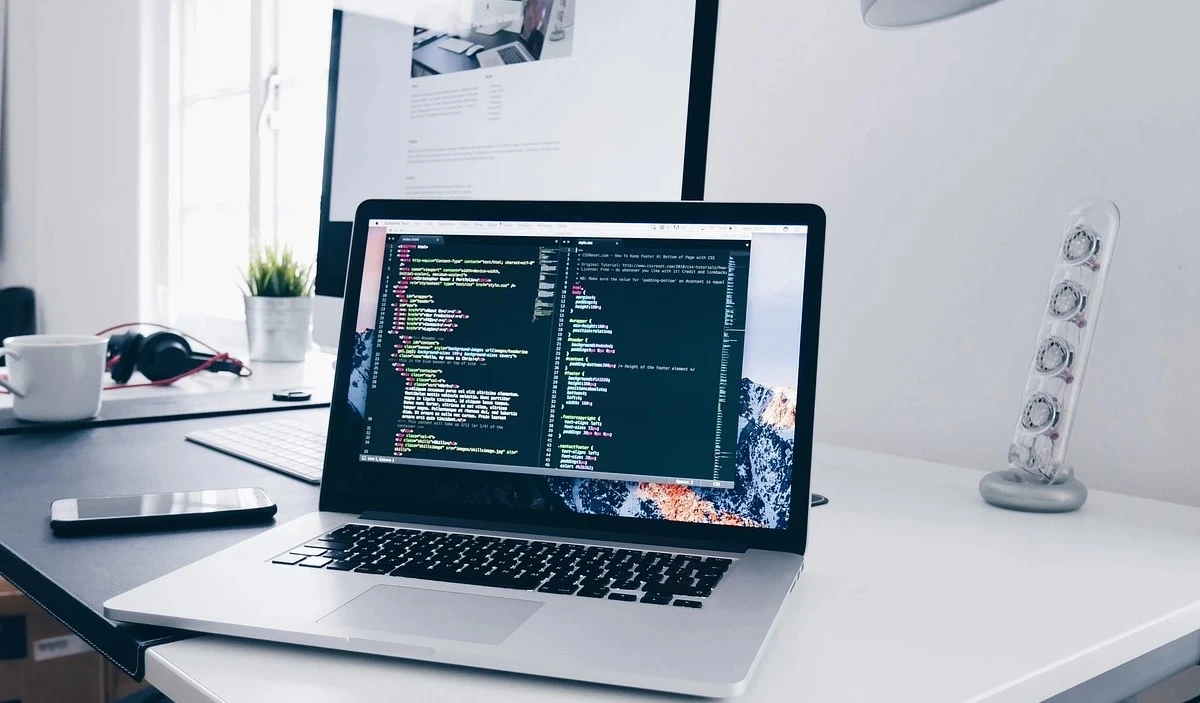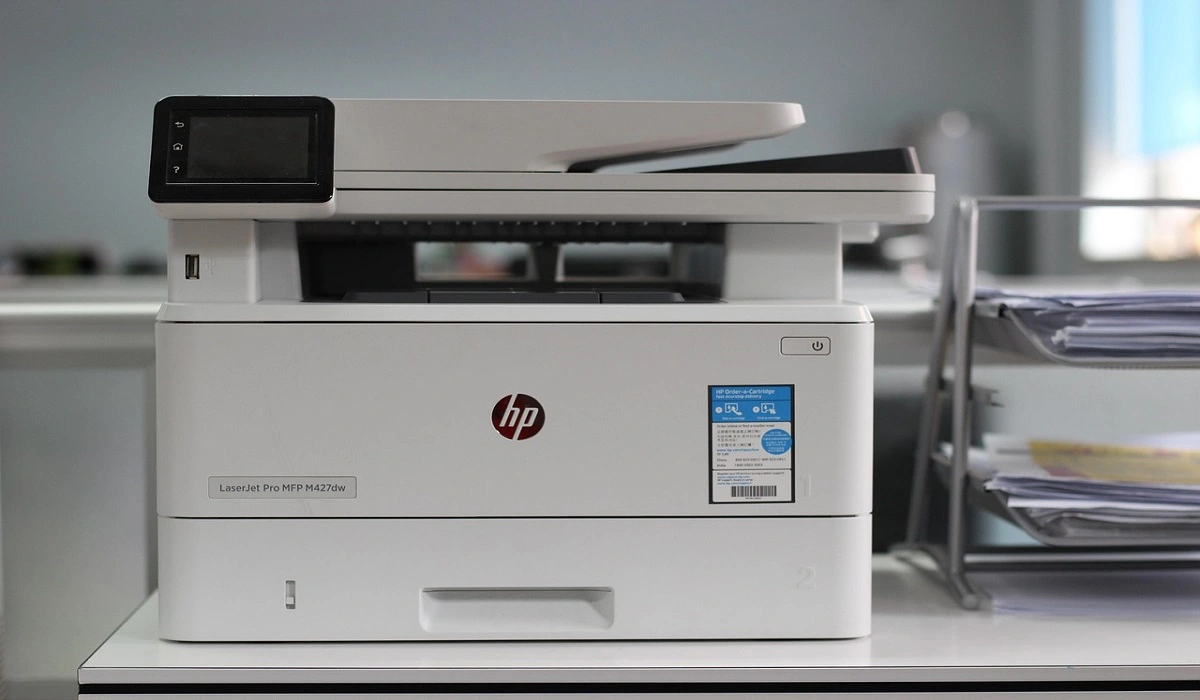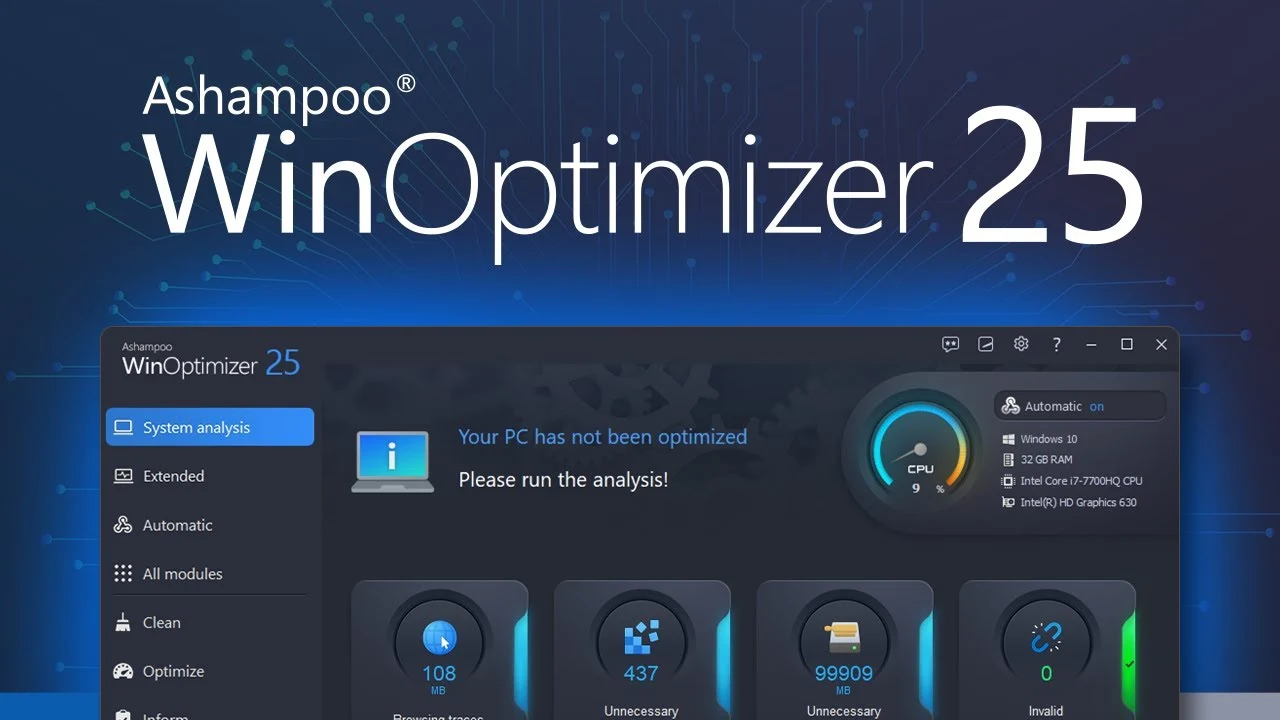What are Cookies, Cache and their Different Types?
Cache and Cookies are two different forms of temporary storage that you’ll find on your system. These are said to improve user experiences on system but they serve different purposes. Both Cache and Cookies store data that can be accessed by third-party sites when we use a web browser. Therefore, it is important to understand what Cookies and Cache are? How are Cache and Cookies different? What are its different types and are Cookies and Cache really harmful?
What are Cookies?
Cookies are small harmless files downloaded on your computer when you visit a website. They have a certain life span well defined by the creator. Cookies can store present & previous online activity, site preferences, passwords, history, etc. This is done to enhance the user experience, so that when the site is revisited page loads quickly.
Often third parties use Cookies to track user online activity and show personalized ads. Hence, considered as a security concern but because of Cookies World Wide Web works the way it does. However, from the security point of view, you should configure browser settings to not accept cookies or delete cookies when exiting the web browser.
What is Cache Memory and Web Cache?
Cache Memory popularly pronounced as Cash is the volatile computer memory. It stores all recent instructions and boosts processing time. Cache stores the input is given by the user to perform a Task.
Whereas the other form of Cache i.e. Browser cache, web cache or temporary Internet files is a collection of data (website images, documents, etc.) downloaded, to support viewing and display of web page. This stored information helps to load web page faster as some, information of each page you visited earlier does not need to re-downloaded from the server as stored in Cache. Thus, reducing webpage’s load time.
But web Cache has a shortcoming while your browser is loading stored information there’s a possibility that website might have changed its data. Therefore, clearing browser cache every few weeks is recommended. Or if you want you can configure browser settings to delete browser cache each time you exit the web browser.
What is the difference between Cookies and Cache?
Although Cookies and Cache both store user data. Both Cookies and Cache serve different purposes and hence are different
– Cookies are used to save user information to track online behavior while Cache increases web page load time.
– Cookies store information while Cache keeps files like music, video, and others.
– Cookies have a life span, they expire after time while Cache is saved on the user’s machine until they are manually removed.
Now, that we have understood the difference between Cookies and Cache. Let’s proceed to know about different types of Cookies and Cache.
Different Types of Cookies and Cache
Both Cookies and Cache have different types and each has different characteristics. Therefore, it is important to know about them. So here we enlist types of Cookies and Cache.
Types of Cookies
There are three types of Cookies stored on your computer. They are Session Cookies, Persistent Cookies, and Third-Party Cookies. All these three Cookies differ from another in characteristics and the way they work. But one thing is common i.e. the very basic nature – Cookies are made to collect, track and store data requested by the site you visit.
Session Cookies:
These are temporary Cookies and they remember your online activities. For a website to work these Cookies are vital because Session Cookies work as a memory for the website. If there are no session Cookies then your website history will always be blank. Moreover, each click you make would be treated as a new visitor.
To make you understand how session Cookies are helpful let’s take an example of online shopping. When shopping online, you add an item in the cart and proceed this item remains there. But how? This is because of session Cookies, as it helps the website remember your action. Without them, your cart would be empty when you reach the check-out page.
Note: Session Cookies expire as you close a web page.
Persistent Cookies:
Persistent Cookies, permanent and stored cookies are the terms used interchangeably. These are also known as first-party Cookies and they track your online preferences. When you visit a site for the first time, it loads at its default settings. When you make any changes to it to fit your preferences, persistent Cookies help computer remember and implement those preferences when you revisit the site.
These Cookies make remembering login information, language selection, bookmarks, etc. possible. Persistent Cookies are stored in the hard disk drive typically for a longer duration. Expiry of these cookies vary depending on the expiration date, once reached these Cookies are expired and your website settings return to default.
Third Party Cookies
Referred to as tracking Cookies, these Cookies collect data based on your online activities. When you visit or revisit a site third party collects these Cookies to study your behavior. Often these Cookies are sold to advertisers by the website who creates them. This helps advertisers show personalized ads.
Third Party Cookies serve as a useful purpose for marketers but for users it might be a privacy concern. That is the reason why most of the website gives the option to block these Cookies.
Types of Cache
All Cache serves the same purpose but we can divide them on the basis of the place they get stored. As we know Cache is broadly divided as Memory Cache and Web Cache. So are its types. So here, we will first discuss types of Memory Cache then Web Cache.
Remember we won’t be discussing much of the technical details as it might confuse you.
Memory Cache and its types
Types of Cache
- Primary Cache
- Secondary Cache
- Main Memory
- Primary Cache or L1:
As compared with other memory Cache, primary Cache is small and it is computer processor dependent. Usually, the size of the primary cache is between 2KB – 64KB. Primary Cache is an embedded register in the CPU. Instructions required by the CPU are searched in L1 Cache.
- Secondary Cache or L2:
As the name says it is a secondary Cache and is more spacious as compared to primary Cache. Secondary Cache size is between 256KB – 512 KB and is located on the computer microprocessor. If the instructions are not found on L1 they are then searched on L2 Cache by the microprocessor.
- Main Memory or L3:
Main memory is slower than L1 and L2 and its size is between 1MB – 8MB. Main memory is double the speed of RAM. Unlike separate L1 and L2, all core shares a common L3 cache.
Web Cache and its types
Level 1: Browser Cache:
Browser Cache or Personal Cache is used by all the modern browsers (Google Chrome, IE and Firefox). This Cache works on simple rules and stores a specific amount of web objects on your hard disk. For example, when you hit the back button while browsing, the page gets loaded using the information stored in Browser Cache rather than resending the request to web server.
Level 2: Proxy Cache: Like Browser Cache, Proxy Cache too works on the same principle but they server large number of users. Proxy Cache is the link between client and web server, it keeps a check on the request for HTML pages, images, etc and store a copy of them. This is done to decrease the page load time. Secondly, it serves as resource optimization. A most common example of caching proxy server are Apache, Nginx, and Varnish.
Besides this, there are Caching mechanism too but we won’t be going into that depth as it will confuse you. The only thing you need to remember here is Caching in an integral part of web technology and optimization of website and computer is important to get high performance.
Hope certain of your doubts related to Cookies and Cache were cleared and you now know why are they used and stored.
Please do leave us a comment to know how did you like the blog post.
Popular Post
Recent Post
How To Get Help With Notepad in Windows [2026]
Notepad has been part of Windows for many years. And people still use it for quick notes, lists, and simple edits. Its clean layout helps new users, while its small set of tools supports everyday tasks. Yet problems can appear when features behave in unexpected ways or when users try something new, so clear guidance […]
Software Performance Optimization Tips: Complete Guide
Software often slows down over time, turning once-fast programs into frustrating delays. While many assume their device is outdated, the real issue often lies in how the software runs. With a few simple habits and checks, users can restore speed and avoid costly upgrades. This guide offers clear, beginner-friendly software performance optimization tips. It covers […]
How To Connect a Scanner to Your Device Windows 11 In 2026
Have you ever needed to scan a document in a hurry and did not know how to begin? Many people face this problem when they buy a new scanner or a new computer. Windows 11 includes helpful tools that make the process easy, but you must know the right steps. This guide explains each method […]
How To Connect to Your PC Remotely Windows [Complete Guide]
Many people need to reach their computer from far away. Well, yes! It may be for work, study, or personal use. Remote access helps you open files, use your apps, and control your system even when you are not near the device. It gives you the comfort of using your computer anywhere through the internet. […]
How To Connect to a Wi Fi Using a QR Code: Latest Guide
Wi-Fi is now a basic part of our lives. We use it at home, in offices, schools, and public places. But typing long passwords every time you connect can be annoying. Sometimes you might even forget your Wi-Fi password. That is where QR codes come in handy. With QR codes, you can connect to any […]
How To Connect a Wireless Printer Easily to Windows 11/10 PC
Printing tasks are part of most home and office work today. Isn’t it? Well, yes! Using a wireless printer makes printing easier and faster because you don’t need cables. It allows you to print documents and images from any corner of your room as long as your device and printer are connected to the same […]
How To Connect Your Windows 11 PC to a Projector or Another PC
A bigger screen can help you share your work with others. When you connect your Windows 11 PC to a projector, your screen becomes easier to view in a meeting room, classroom, or home. You can show slides, videos, notes, or entertainment. Most people do this for work or study, but it is also helpful […]
How To Set Up Dual Monitors Easily Windows 11/10: Complete Guide
Working with one screen can feel limiting. You switch between apps constantly. Your workflow slows down. A dual monitor setup changes everything. It gives you more space to work. You can see multiple things at once. This guide shows you how to set up dual monitors easily on Windows systems support. Windows 11 and Windows […]
How to Set Your Preferred Default Printer On Windows 11/10: Complete Guide
Printing documents should be simple. But many users struggle with their printer settings. Windows often picks the wrong printer as the default. This creates delays and wastes paper. Setting up your preferred printer as the default saves time. It prevents printing errors. This guide shows you how to set your preferred default printer Windows systems […]
Ashampoo WinOptimizer Review: Can It Really Speed Up Your PC?
Is your computer running slowly? Do programs take forever to load? You’re not alone. Millions of PC users face this problem daily. Ashampoo WinOptimizer claims it can fix these issues. This software promises to clean junk files, boost speed, and make your computer run like new. But does it really work? Or is it just […]
